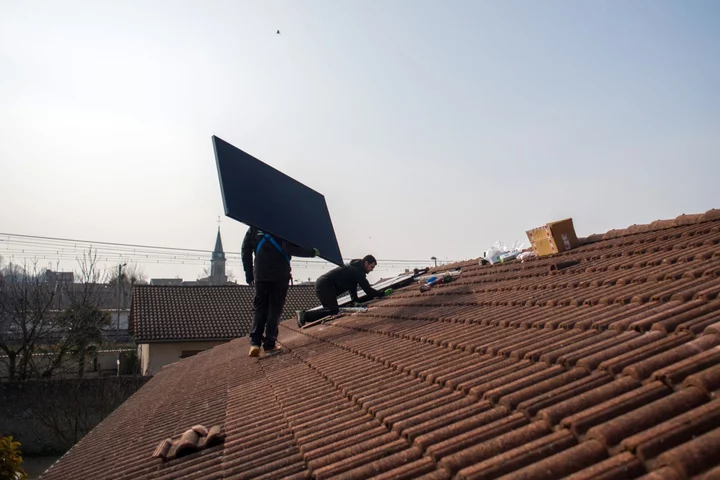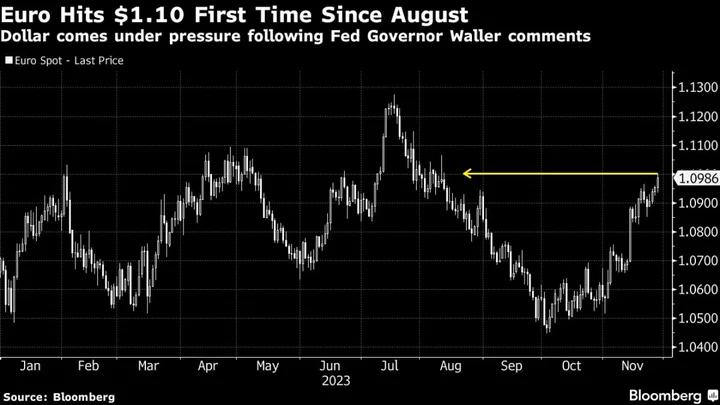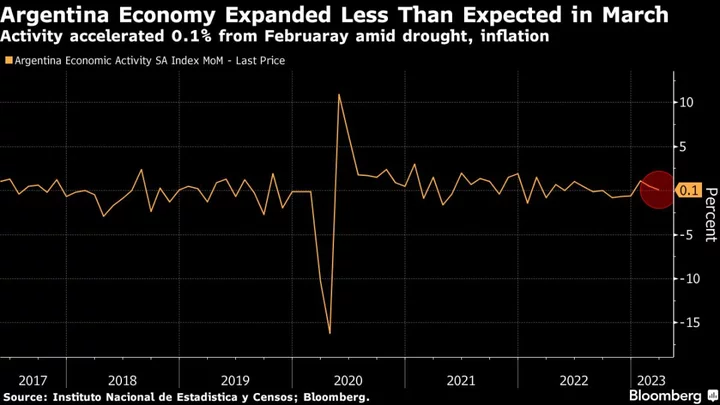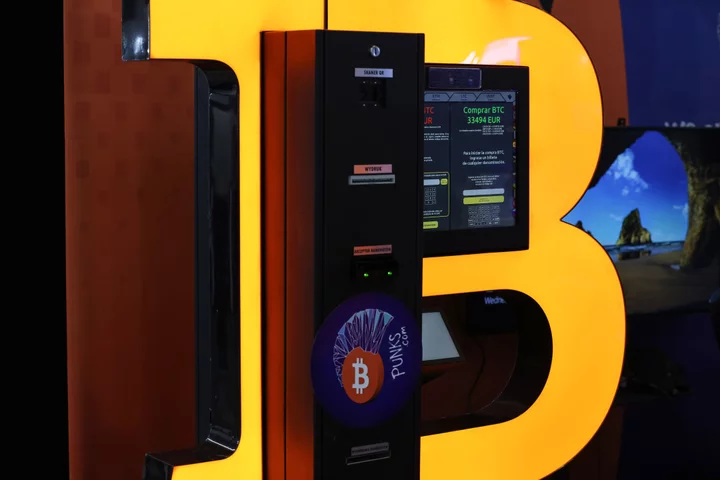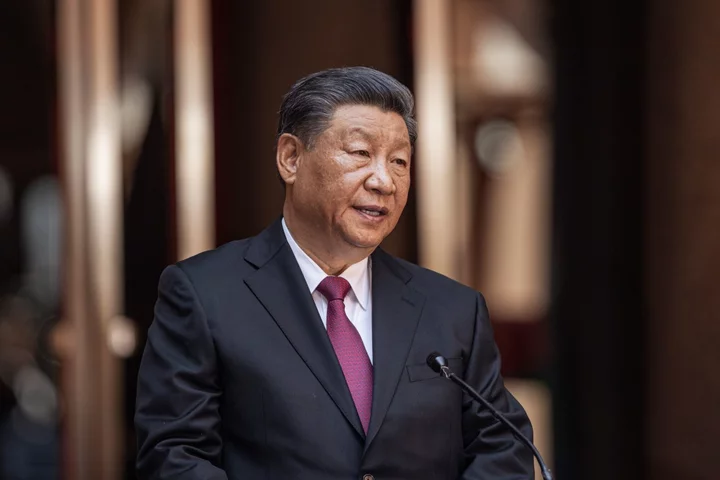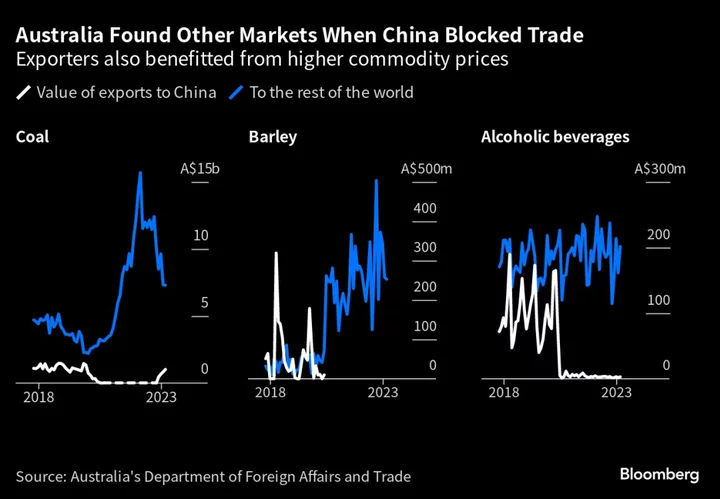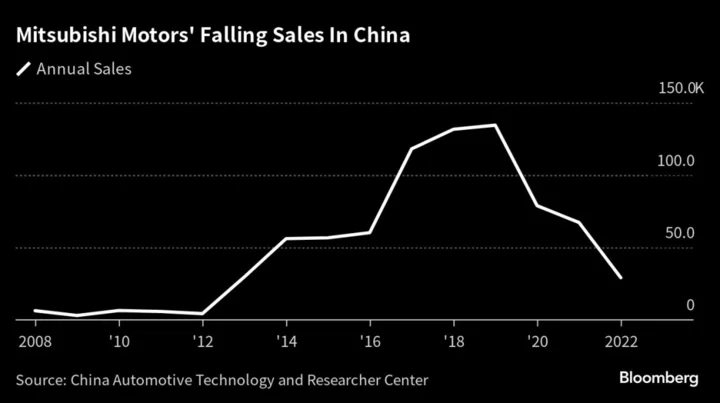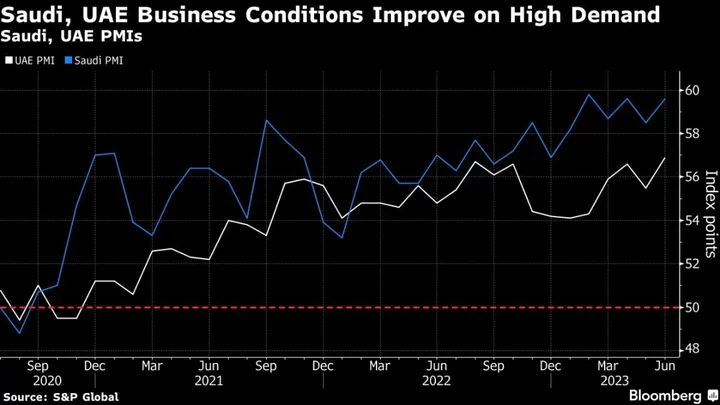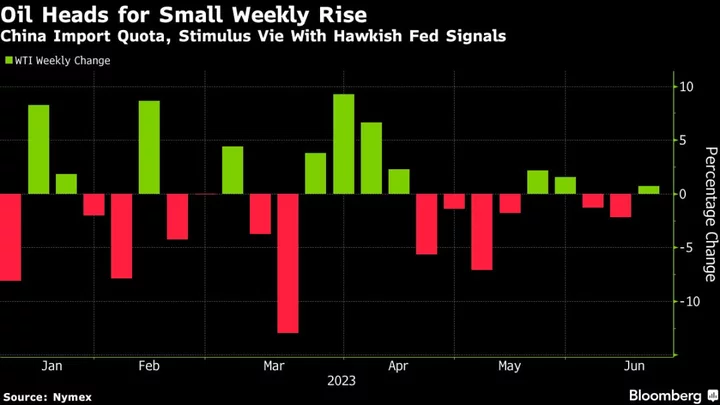European power prices fell below zero again as production from solar farms overwhelms the grid early in the afternoon.
It’s an increasingly common phenomenon as Europe races to build more cheap solar farms to cut demand for fossil fuels. Intraday prices in Germany, the region’s biggest power market, turned negative from 1 p.m. to 3 p.m. on Tuesday, according to data from Epex Spot SE.
Power generation can be inflexible, especially with subsidies to encourage more renewable producers. Sometimes it can be cheaper for a plant to pay consumers to use more electricity than it would be to shut down for an hour or two. And some renewable output — like rooftop solar in the Netherlands — gets paid regardless of the market price. Those factors help push prices below zero.
The latest plunge follows record low levels reached over the weekend. While Saturdays and Sundays are more likely to get negative power prices because demand is lower, it’s unusual during the middle of the work week.
Germany, Denmark and the Netherlands are set to get more negative prices tomorrow as well.
Without a significant shift in demand, negative prices will only become more common. Europe is set to install as much as 60 gigawatts of new panels in 2023, up by a third from last year’s record, according to research from HSBC Holdings Plc. That could create an opportunity for consumers to use more energy in the middle of the day to charge cars and run their business at the cheapest and greenest times.

